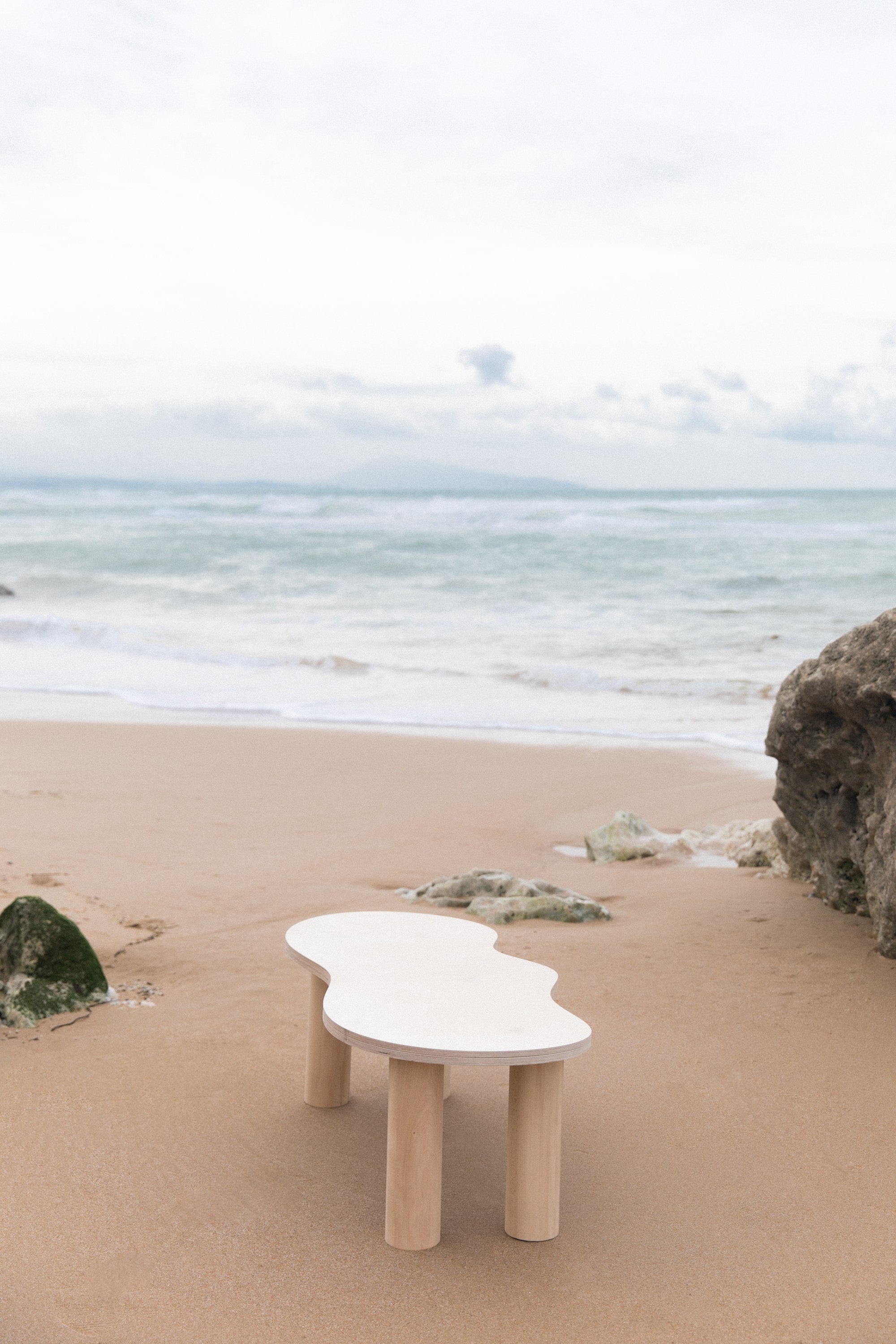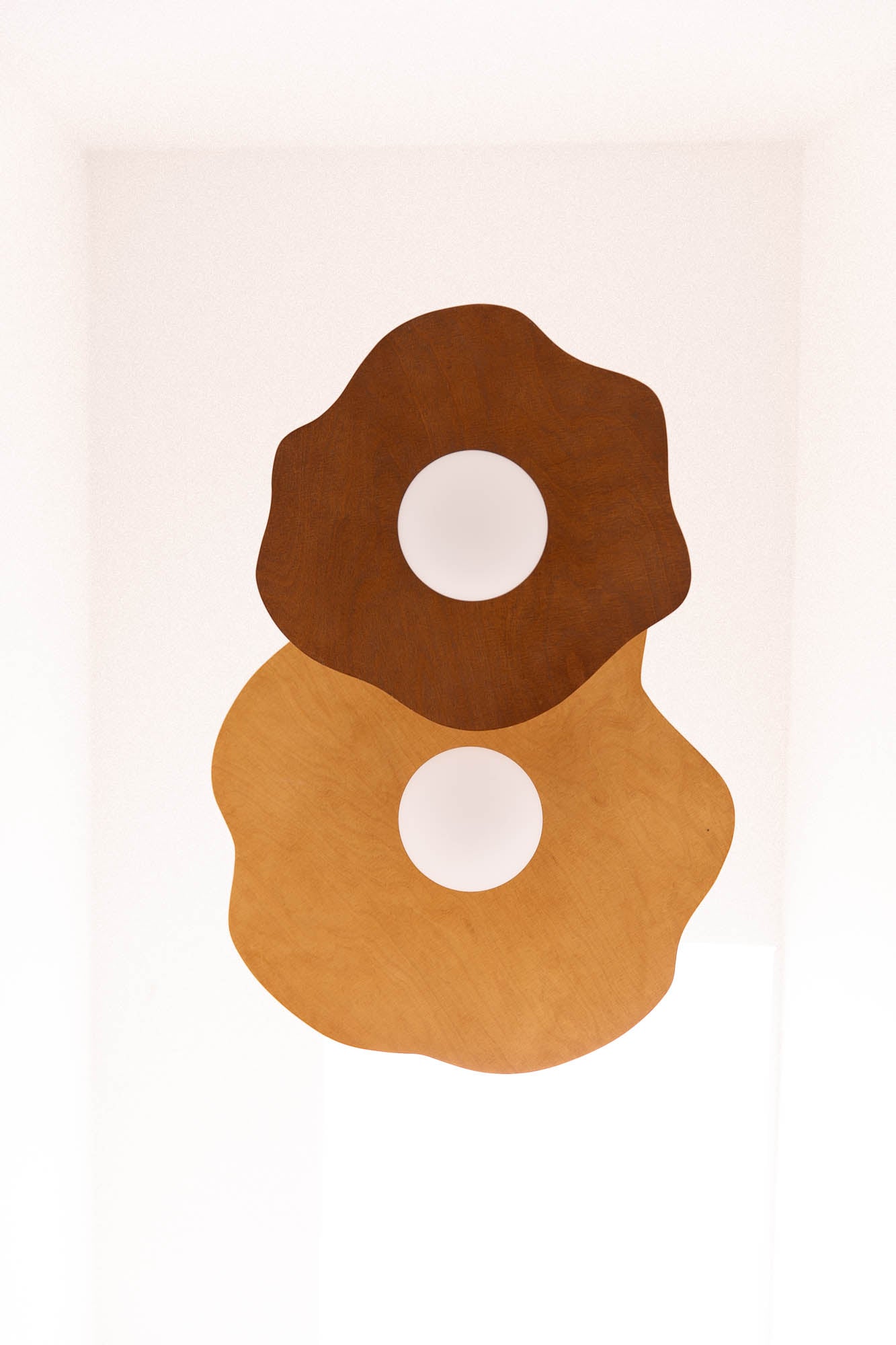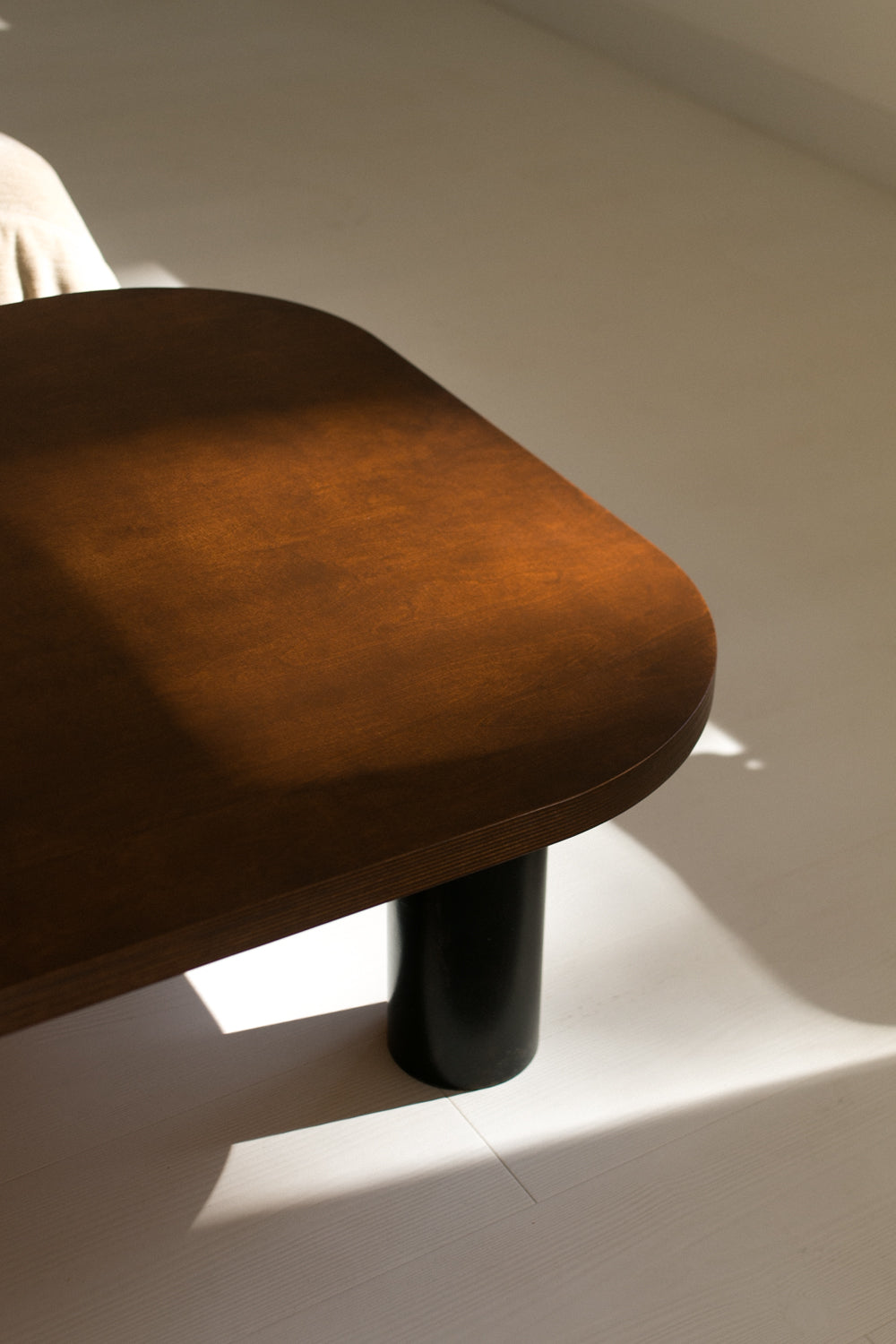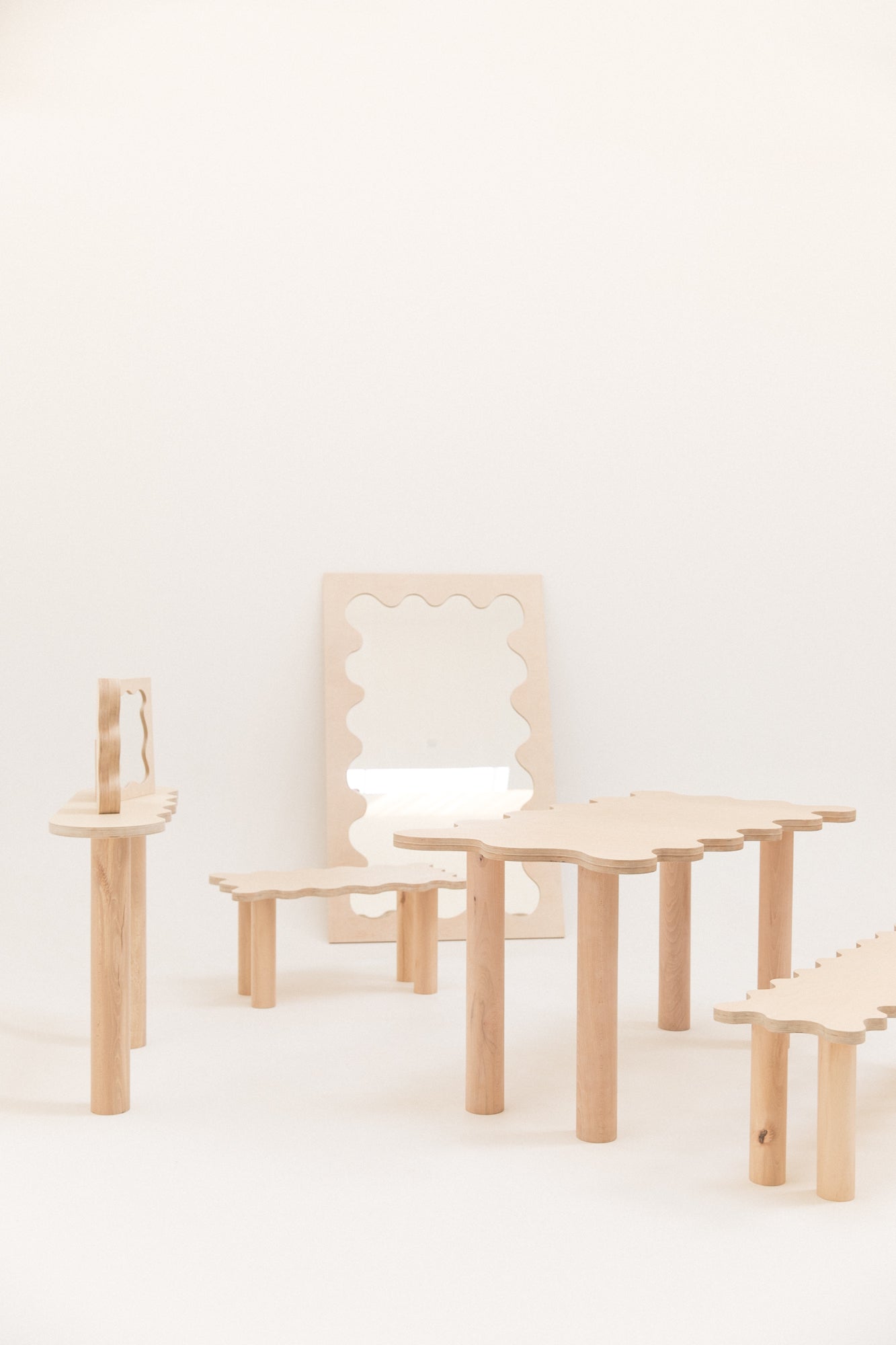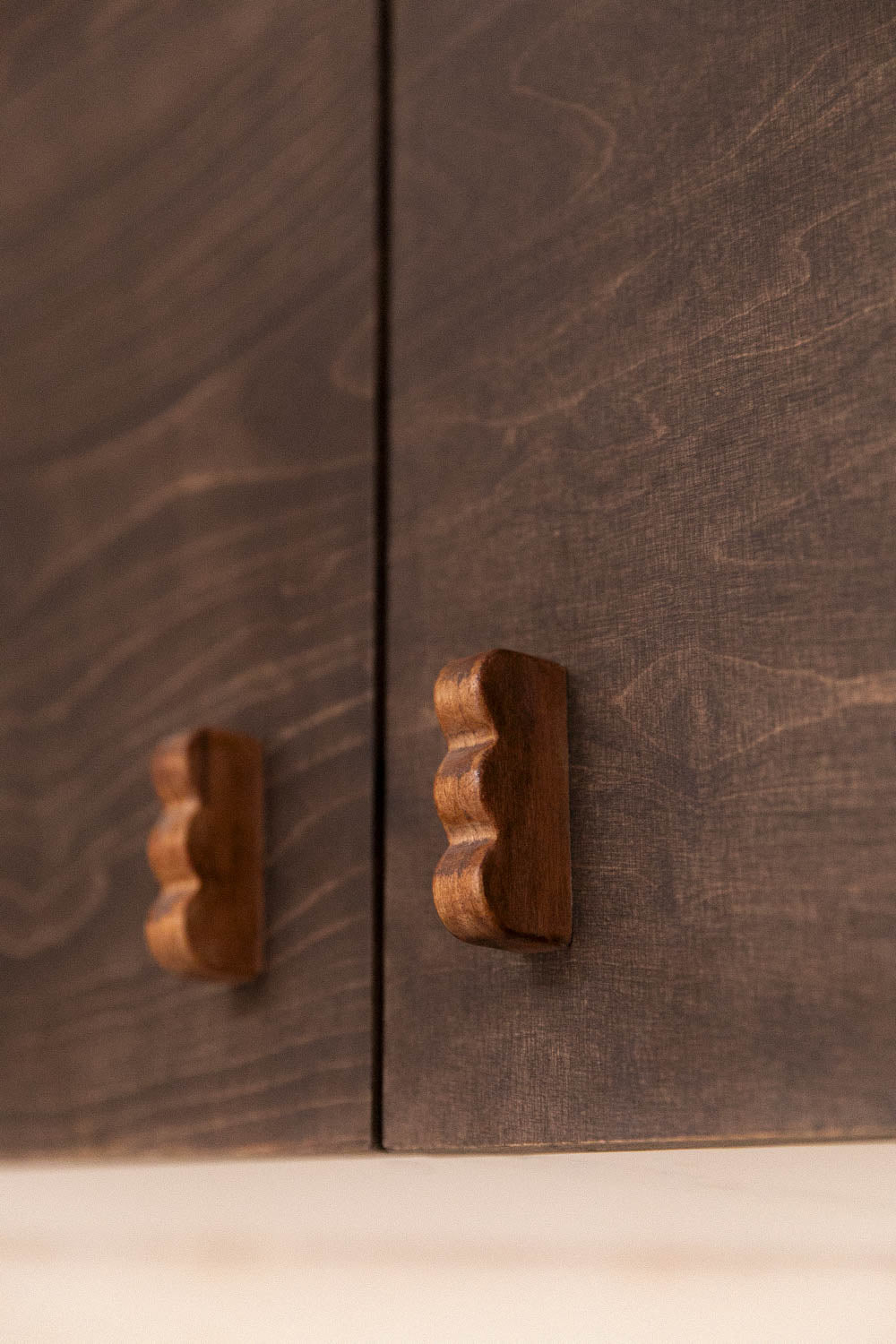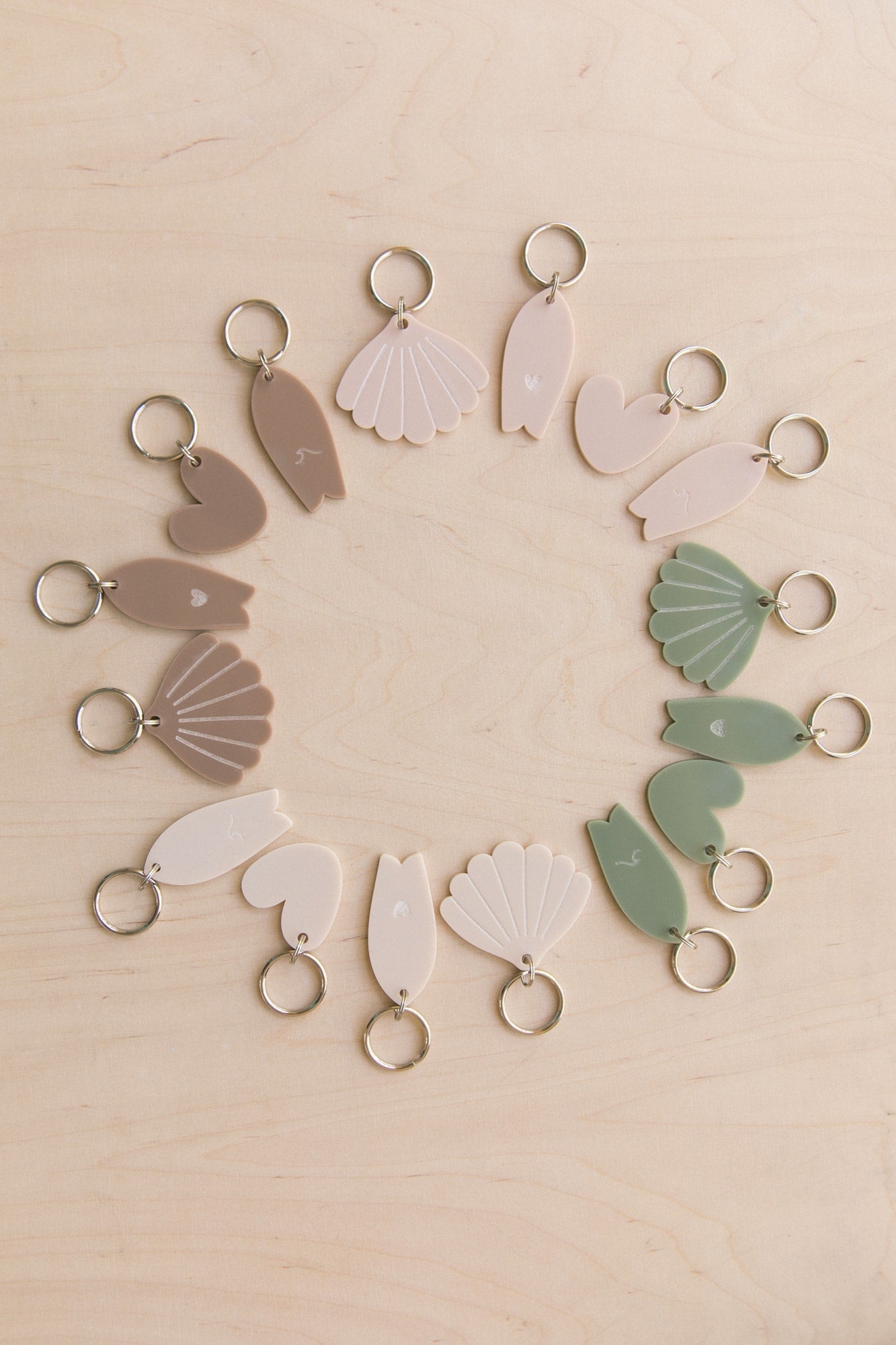Finishes
Discover the details of each of our finishes below.
Each piece of furniture is made to order by us, which allows us to personalize it according to your needs and desires, whether in terms of dimensions or finishes.
We know that choosing the right finish is essential to giving each piece of furniture a unique personality and a style that reflects your individuality. That's why we offer several finish options, each designed to meet your aesthetic and functional preferences.
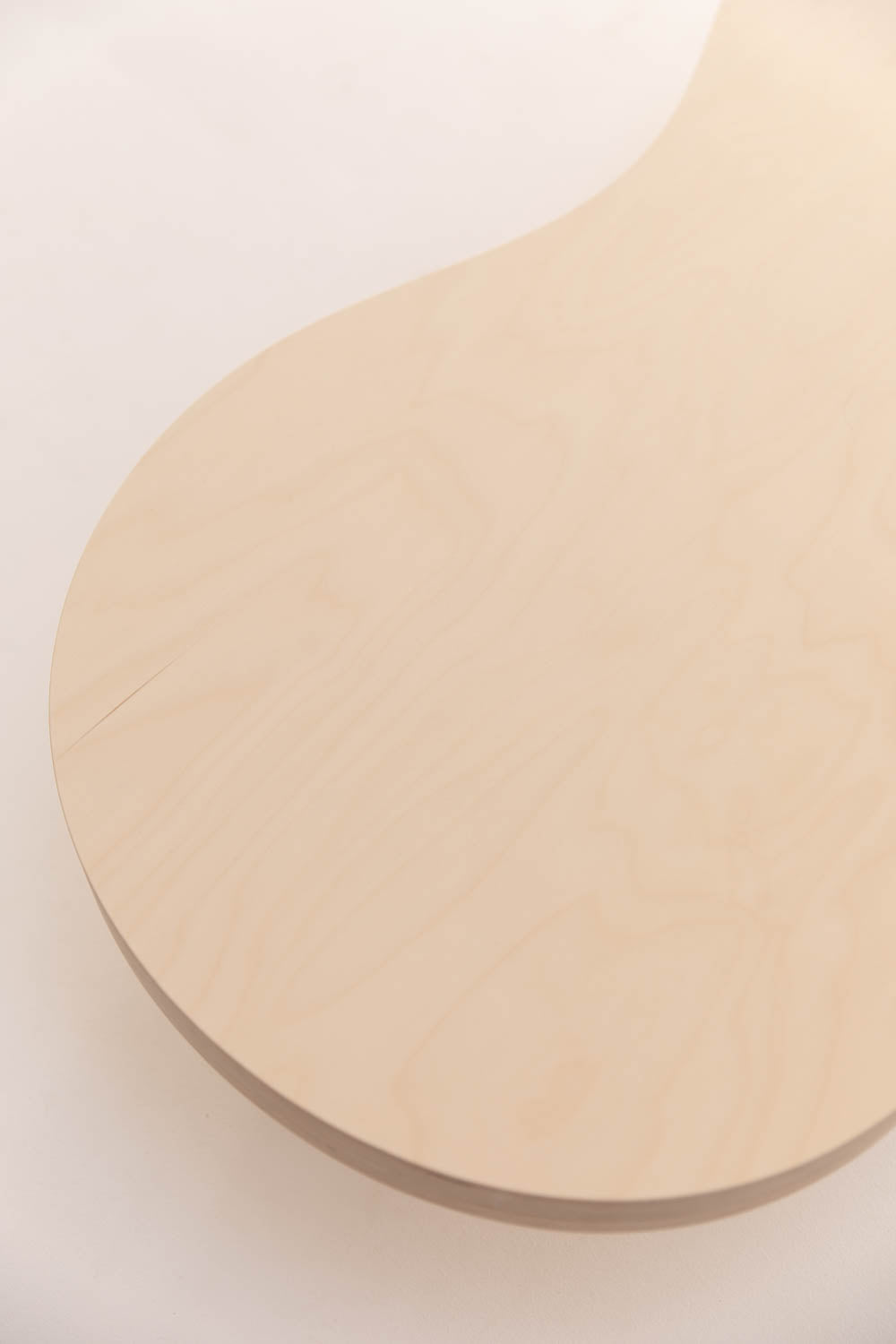
Natural Wood
Natural wood highlights the raw, authentic beauty of the material. We work carefully to enhance the wood's natural grain and texture while providing optimal protection. This finish is ideal for those seeking an organic, minimalist look and easy-to-maintain furniture.
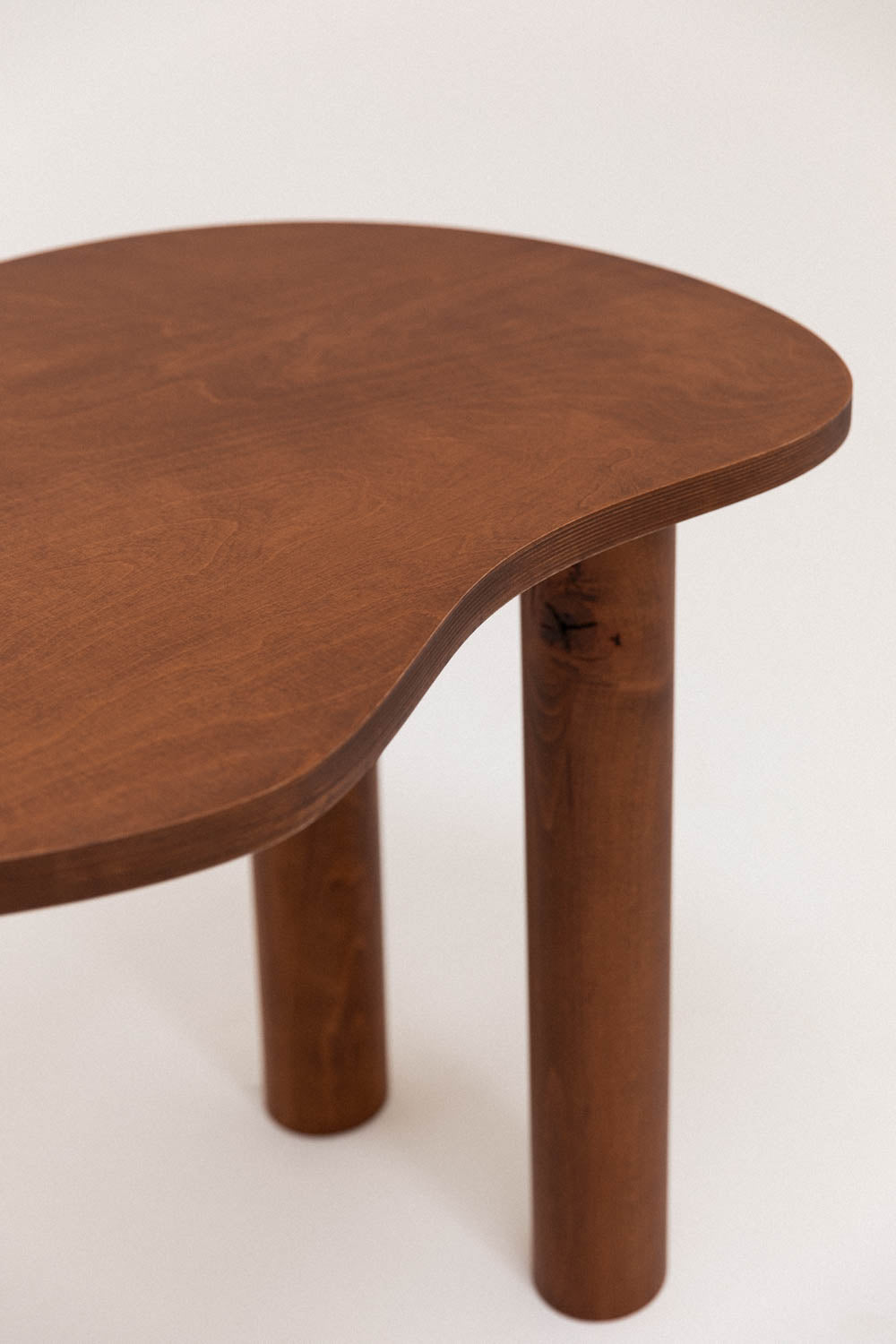
Tinted Oil
This finish enhances the wood with rich hues while preserving the natural beauty of its grain. Each shade adds a unique depth, ideal for a warm look.
Our oils provide long-lasting protection while providing a stain-resistant, easy-to-maintain finish.

Colored Oil
This finish adds color to your furniture while preserving the natural texture of the wood. This finish enhances the wood grain with subtle or vibrant hues.
Formulated with natural ingredients, our colored oils protect wood while remaining easy to maintain.

Lacquered Paint
This finish adds a touch of color and is smooth to the touch. Carefully applied by hand, using a roller and in several layers, it may present subtle irregularities, signs of its artisanal authenticity. Delicate, it requires special care to maintain its shine over time.
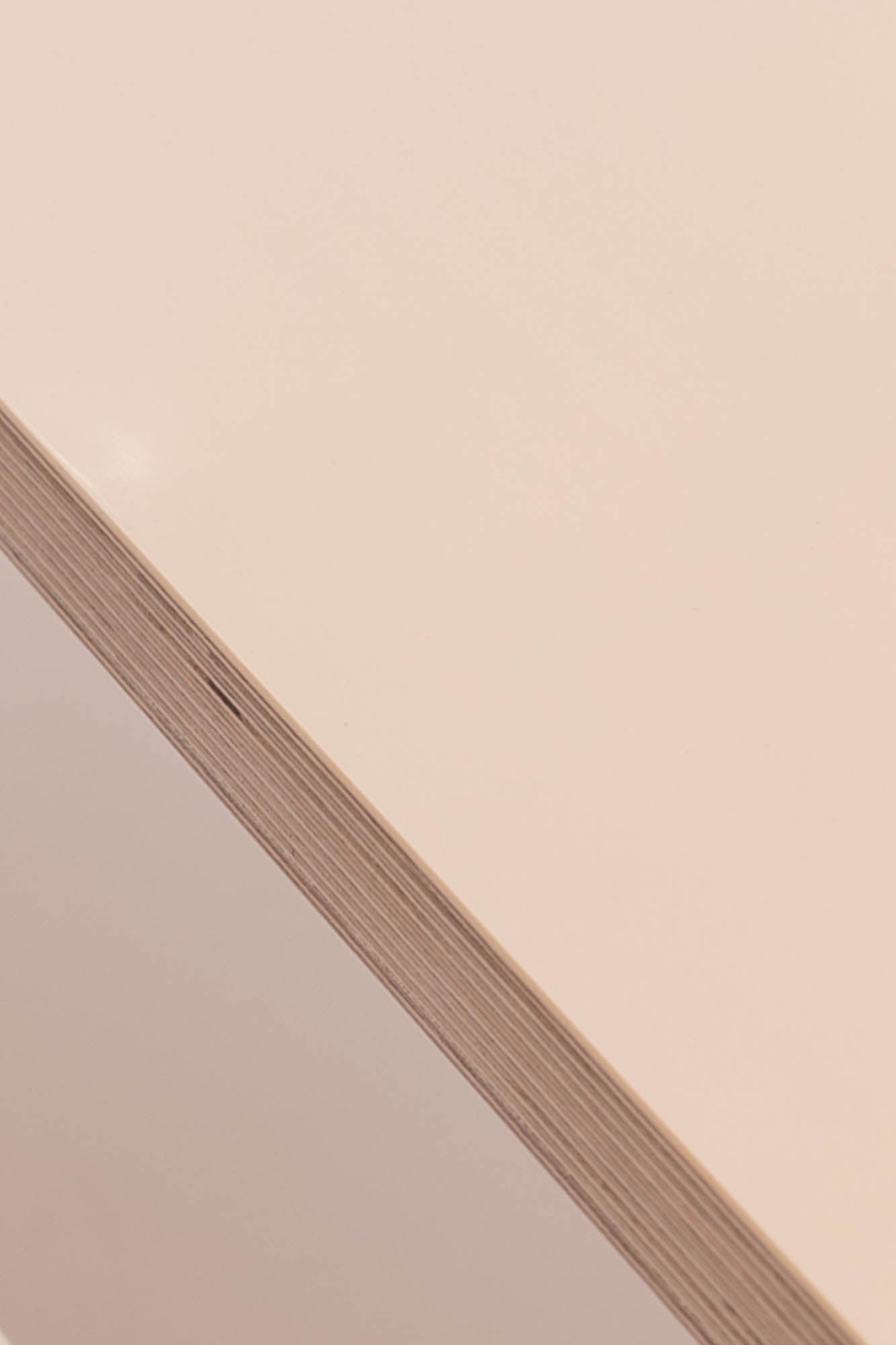
Résine
Cette finition en résine de 3 mm, coulée directement sur le plateau, crée une surface protectrice d’une grande résistance. Elle se distingue des autres finitions par son rendu incomparable : ultra brillant pour un effet miroir assumé, ou mat.
Idéale pour ceux qui recherchent à la fois un impact visuel fort et une protection durable.
Télécharger le nuancier complet
Chaque finition a son propre nuancier. Découvrez plus de 30 teintes, entre huiles naturelles, couleurs pigmentées, laques, et résine pour faire le bon choix.
Does the natural wood finish protect the furniture?
Does the natural wood finish protect the furniture?
Yes, absolutely! The natural finish we use provides effective protection to the wood from the moment it's applied, requiring no special maintenance. Thanks to two generous coats of oil, your furniture easily withstands minor daily wear and tear, such as water splashes or coffee drops.
Does the wood grain remain visible with all finishes?
Does the wood grain remain visible with all finishes?
It remains visible with oiled finishes (natural, tinted or colored), because these penetrate the material without masking its texture.
On the other hand, lacquer masks the grain and provides a smoother, more uniform finish.
What finish do you recommend if we have children at home?
What finish do you recommend if we have children at home?
If your furniture is intended for daily use in a family environment, we advise you to choose an oiled finish (natural, tinted or colored).
These finishes penetrate the wood and protect it deeply, while remaining easy to maintain. In the event of a scratch or stain, a simple local touch-up is often sufficient.
Lacquered paint , although aesthetically pleasing, is more fragile : it can mark more easily and requires delicate maintenance to maintain its smooth and clean appearance. It is therefore recommended for decorative or less exposed furniture.
Do the finishes change over time?
Do the finishes change over time?
Like any living material, wood evolves. Oiled finishes can develop a slight patina, which is part of their charm.
Lacquer , which is more visually stable, can, however, become marked if it is not well protected.
What is the easiest finish to live with on a daily basis?
What is the easiest finish to live with on a daily basis?
Oiled finishes – whether natural, tinted or colored – are best suited for everyday use.
They penetrate the wood, protect it deeply and are resistant to small stains or scratches. In the event of an impact, local retouching is possible without having to redo everything.
Lacquer , although aesthetic and durable if well maintained, is more fragile : it can scratch more easily and is not as easy to repair. It therefore requires more daily care, such as the systematic use of coasters, placemats or tablecloths, for example.
Which finishes are healthiest for the environment and indoor air quality?
Which finishes are healthiest for the environment and indoor air quality?
At Little Anana, we carefully select each finishing product, favoring raw materials of natural origin, with low impact on health and the environment.
Our oiled finishes (natural, tinted or colored) are mainly composed of vegetable oils (linseed, sunflower, soybean, or safflower) and natural waxes. Once dry, they are harmless to humans, animals and plants , and comply with children's toy standards (DIN EN 71.3). Their microporous formulation allows the wood to breathe while ensuring excellent indoor air quality (low VOC content).
On the other hand, lacquer paint contains more solvents (higher VOCs), although its emissions remain within the standards (class A to A+). It is completely safe once dry, but less environmentally friendly than our vegetable oils.
What finishes do you recommend for a child's bedroom?
What finishes do you recommend for a child's bedroom?
We recommend oiled finishes .
These products are natural, free from toxic solvents and certified safe after drying . They are particularly suitable for children's furniture.
Avoid lacquered or epoxy resin finishes in sensitive areas if you're looking for the healthiest option possible for a toddler.
Quelle est la différence entre la finition Laquée et la finition Huile colorée ?
La différence tient à la manière dont chaque finition interagit avec le bois, et à leur entretien.
L’huile colorée pénètre dans la matière : elle teinte le bois en douceur, tout en laissant apparaître son grain et ses veines naturelles. Elle conserve également un toucher doux et mat, très agréable au quotidien.
La peinture laquée, quant à elle, forme une couche opaque qui recouvre la surface du bois. Elle masque le veinage et offre un rendu lisse et uniforme.
Côté entretien, l’huile colorée est plus facile à vivre : elle résiste mieux au quotidien et se révèle moins fragile que la laque.
La laque, bien qu’appliquée avec soin en trois couches suivies de deux couches de vernis, marque et s’abîme plus facilement. Elle demande donc un entretien plus délicat pour préserver tout son éclat.


Huile colorée




Peinture laquée




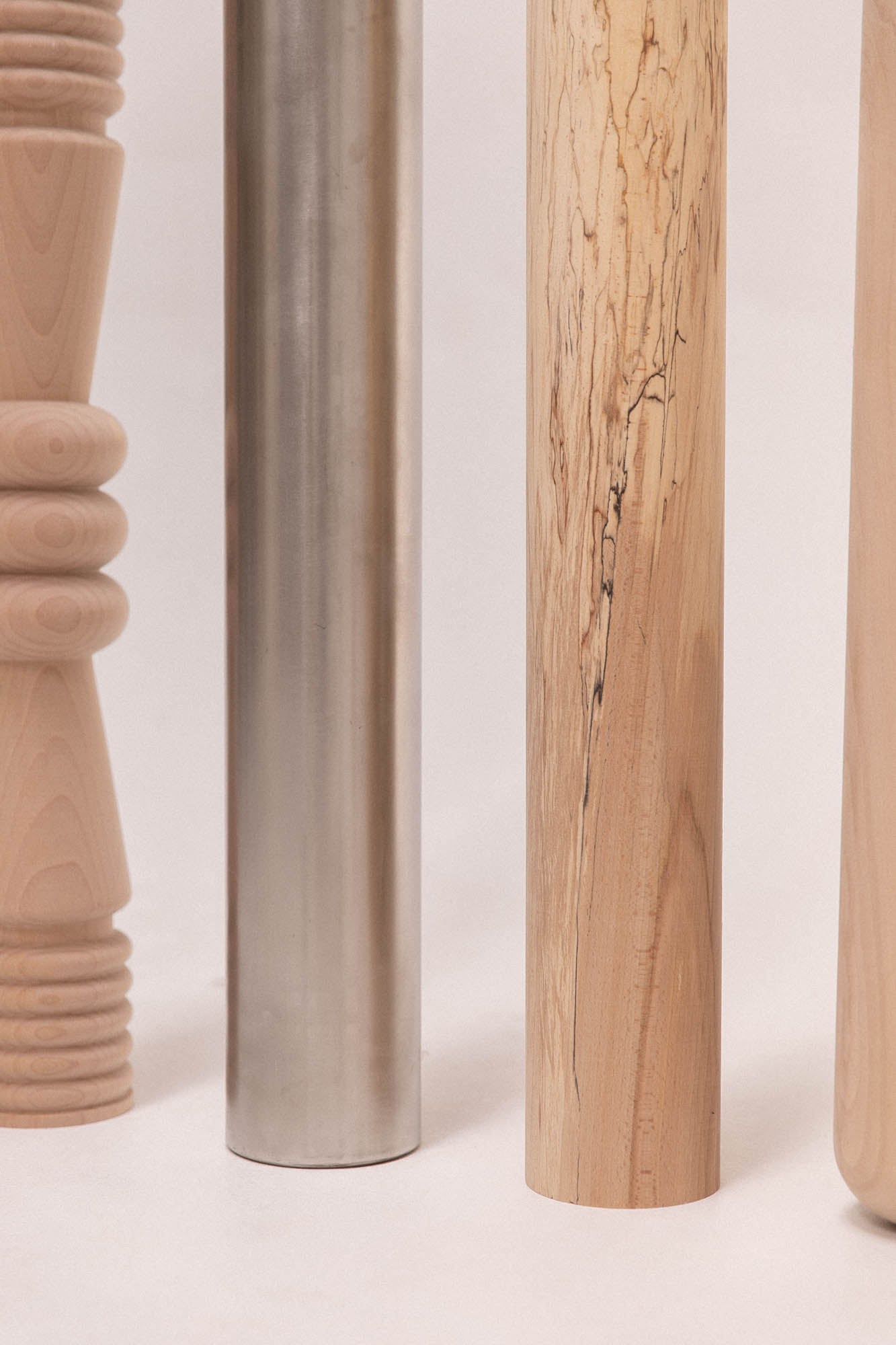
Forme et matière de nos pieds
Nos finitions subliment notre mobilier, mais le choix du piétement est tout aussi essentiel pour définir le style et l’équilibre d’une pièce.
Formes, matières, esprit sculptural ou minimaliste : découvrez toutes les options possibles dans notre guide dédié aux pieds.
